Manufacturer Part Number
EPF10K30EQC208-3N
Manufacturer
Intel
Introduction
Intel's EPF10K30EQC208-3N is an FPGA from the FLEX-10KE® series designed for embedded applications.
Product Features and Performance
Field Programmable Gate Array (FPGA) from the FLEX-10KE series
High-density programmable logic
Support for complex logic functions
216 Logic Array Blocks (LABs)
1728 Logic Elements/Cells for versatile digital circuit implementation
24,576 Total RAM Bits for data storage
147 I/O pins for interfacing with other components
119,000 Gates for implementing substantial logic designs
Configurable logic blocks for tailored application functionality
Product Advantages
Scalable and flexible design options
High integration reduces board space and power consumption
Easy to program and reconfigure according to needs
Suitable for rapid prototyping and iterative design processes
Key Technical Parameters
Number of LABs/CLBs: 216
Number of Logic Elements/Cells: 1728
Total RAM Bits: 24576
Number of I/O: 147
Number of Gates: 119000
Voltage Supply Range: 2.375V to 2.625V
Mounting Type: Surface Mount
Operating Temperature Range: 0°C to 70°C
Quality and Safety Features
Robust thermal management for reliability at operational temperature ranges
Surface Mount Technology for secure and durable mounting on PCBs
Compatibility
PQFP-208 package compatible with standard PCB assembly techniques
Support for interfacing with a variety of digital components due to flexible I/O count
Application Areas
Telecommunications
Consumer Electronics
Automotive Systems
Industrial Controls
Medical Devices
Product Lifecycle
Obsolete status, suggesting that the product may no longer be manufactured
Potential availability of replacement or upgrade options within Intel's FPGA product lines
Several Key Reasons to Choose This Product
Manufactured by Intel, a leader in semiconductor technology
High gate counts and logic density for complex digital systems
Wide range of applications due to extensive I/O and logic capabilities
Suitable for educational purposes for learning about FPGAs and digital design
Offers an optimal balance between power consumption and performance
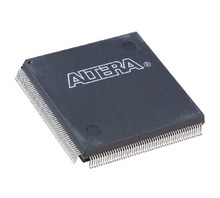

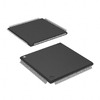
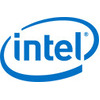 EPF10K30ETC144-1AAltera (Intel)
EPF10K30ETC144-1AAltera (Intel)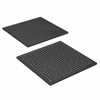 EPF10K30EFC484-1IntelIC FPGA 220 I/O 484FBGA
EPF10K30EFC484-1IntelIC FPGA 220 I/O 484FBGA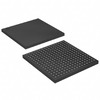 EPF10K30EFC256-2NIntelIC FPGA 176 I/O 256FBGA
EPF10K30EFC256-2NIntelIC FPGA 176 I/O 256FBGA EPF10K30EFC256-2AlteraIC FPGA 176 I/O 256FBGA
EPF10K30EFC256-2AlteraIC FPGA 176 I/O 256FBGA